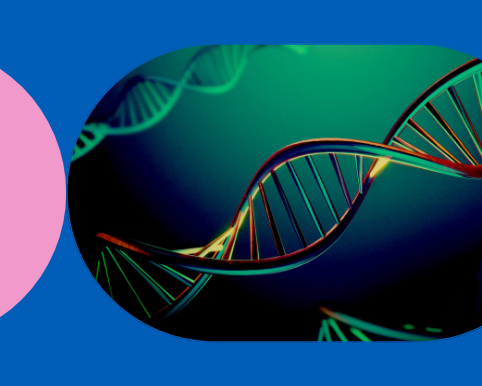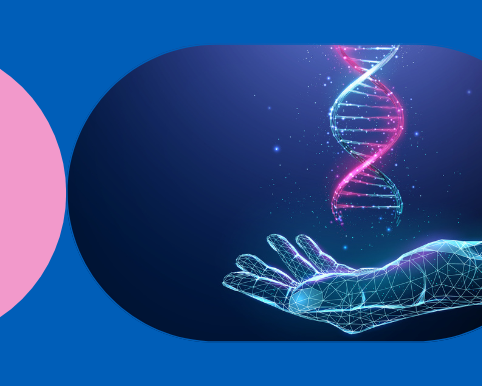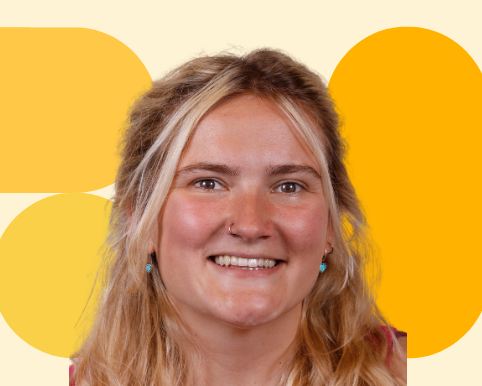We need to talk about zebras
By Dr Neil Rajan on
Dr. Neil Rajan is a Consultant Dermatologist at Newcastle’s Royal Victoria Infirmary, Senior Lecturer at Newcastle University and Joint Lead, with Professor Edel O’Toole, of Genomics England’s Skin Clinical Interpretation Partnership.
I was at medical school when I first came across the adage “when you hear hoofbeats, think horses not zebras”. It refers to the long-held view that doctors should first consider common diagnoses and therefore the more likely cause of a patient’s condition rather than going on a long, potentially costly and often futile hunt for something more rare.
While I appreciated the wisdom (and the statistical perspective!) of this view, I did think “how does this serve patients with rare conditions?”. Working with patients with rare skin tumours in dermatology made it clear that genomics was key to advancing patient care.
I set up an NHS diagnostic service for patients with CYLD cutaneous syndrome with Dr. David Bourn and Dr. Valerie Wilson in Newcastle when I was a PhD student because I realised the importance of genetic testing in rare conditions. It became quickly apparent how many families were seeking a genetic test, with referrals soon arriving from across the world.
Genomics and genetic testing in dermatology have advanced tremendously since then and, excitingly, they are now in the hands of NHS dermatologists. This means that patients with rare skin conditions can get a genetic diagnosis, reducing diagnostic journeys and uncertainty, and in some cases, opening access to novel therapies.
Patient stories
This is exemplified in the stories of Tom Baker and Alan Bentley (videos below) whose rare genetic skin conditions were diagnosed by Professor Edel O’Toole.
Alan's story
Alan suffered untold misery for more than 40 years before he had a genetic test which revealed he had an extremely rare skin condition. This enabled him to receive personalised treatment, under Professor O’Toole’s care which, he says, has made his life “100% better”.
Tom's story
In Tom’s case, getting a diagnosis via genetic testing has been a huge relief even though there’s currently no effective treatment for his rare skin disorder. It’s enabled him to guide and support his son who’s inherited the same condition.
Skin genetics covers a broad range of conditions, from skin inflammation as with Alan and Tom, to skin cancer. Jennifer, who also tells her story (below), is one of my patients who has been involved in genetic research for many years. She and her family have helped us improve our understanding of why some families develop multiple melanomas caused by a gene mutation.
Jennifer's story
When Jennifer, Alan and Tom first started developing symptoms, it was almost unheard of for a doctor to order a genetic test to determine the cause.
But what a long way we’ve come since 1977 when Nobel Prize winning English biochemist Frederick Sanger developed a technique to sequence the first complete genome. Now we find ourselves in an exciting new era where genomics is advancing boldly across the field of medicine.
With this rapid advancement comes the need for a parallel advancement in genomic literacy – the subject of my talk to colleagues at this year’s British Association of Dermatologists’ annual conference in Glasgow.
Building genomic literacy
Genomic literacy is part of our health literacy. We’re now in an era where genetic tests are becoming increasingly accessible and it’s important that knowledge, education and training keep pace with that accessibility so that as many people as possible reap the potentially life-changing rewards of this groundbreaking technology whilst understanding its limitations.
We need to build our understanding of genomics into learning and education all the way from early school years through to GP clinics, hospital specialties and other frontline healthcare settings.
My focus at the British Association of Dermatologists’ annual conference is to start the dialogue in dermatology about how we improve training and education in the dermatology workforce for skin genetic testing. Working in partnership with geneticists, dermatologists need to know that these tests are available in the NHS National Test Directory, how to interpret the results and how to talk about those results with their patients.
We also need to put genomics at the heart of the national conversation as the NHS moves towards becoming the first national healthcare system in the world to offer whole genome sequencing as part of routine care.
Why does all this matter?
Across the planet, around 50 million people have a rare disease and about 80% of rare diseases have a genetic basis that we can now define. When it comes to children born with a rare condition, 30% die before their fifth birthday. As a collective, rare diseases affect one in 17 people.
Testing for genetic mutations in early childhood has the potential to save lives and help improve the lives of children with undiagnosed conditions. A diagnosis may lead to more effective management of their condition and help them to live longer and enjoy a better quality of life.
And when patients present later in life with certain rare tumours, a genetic explanation can have implications not just for that patient but for their children and grandchildren.
If you still need convincing, I highly recommend listening to the powerful testimonies of Tom, Alan and Jennifer whose lives have all been transformed by genetic testing.


